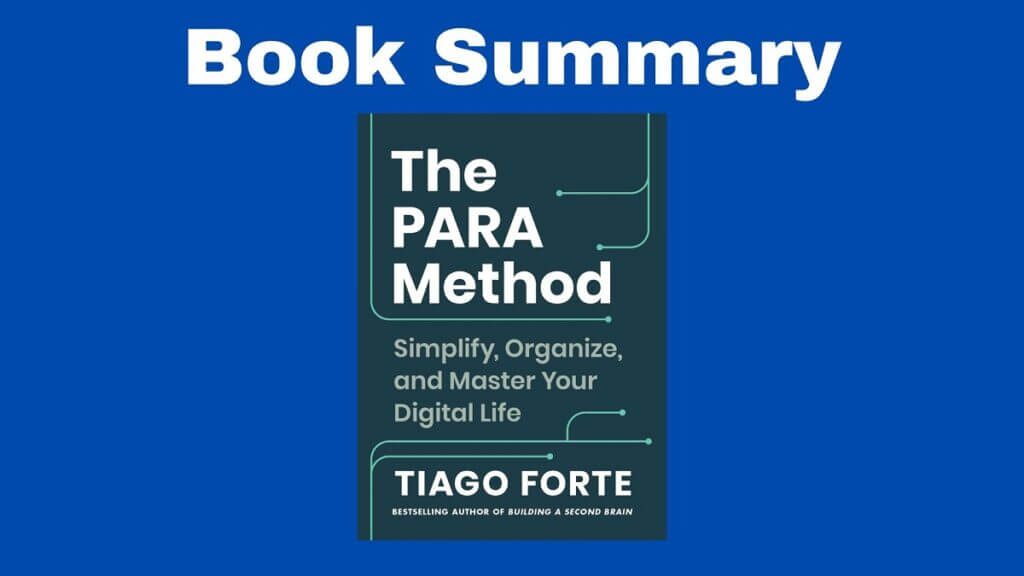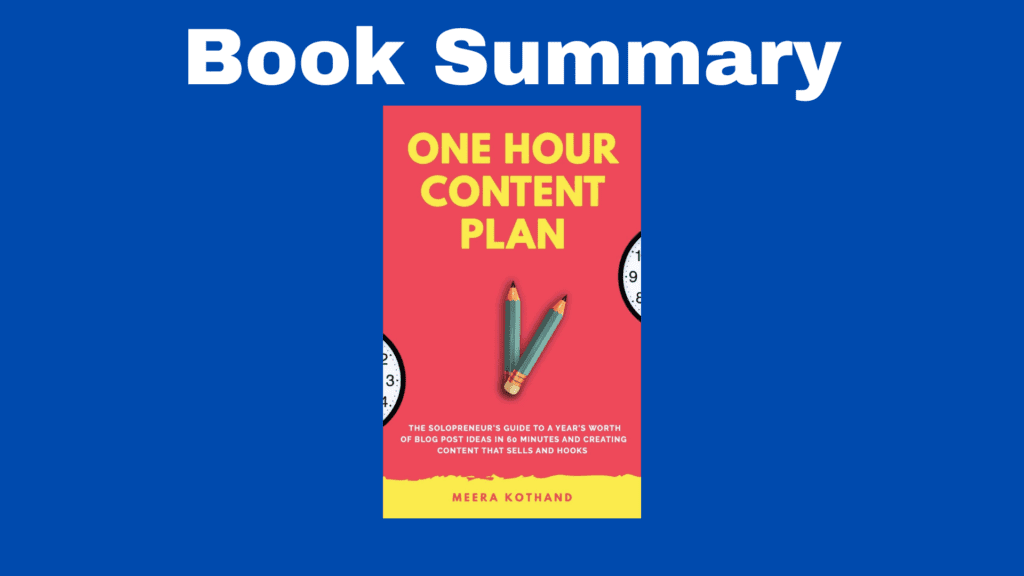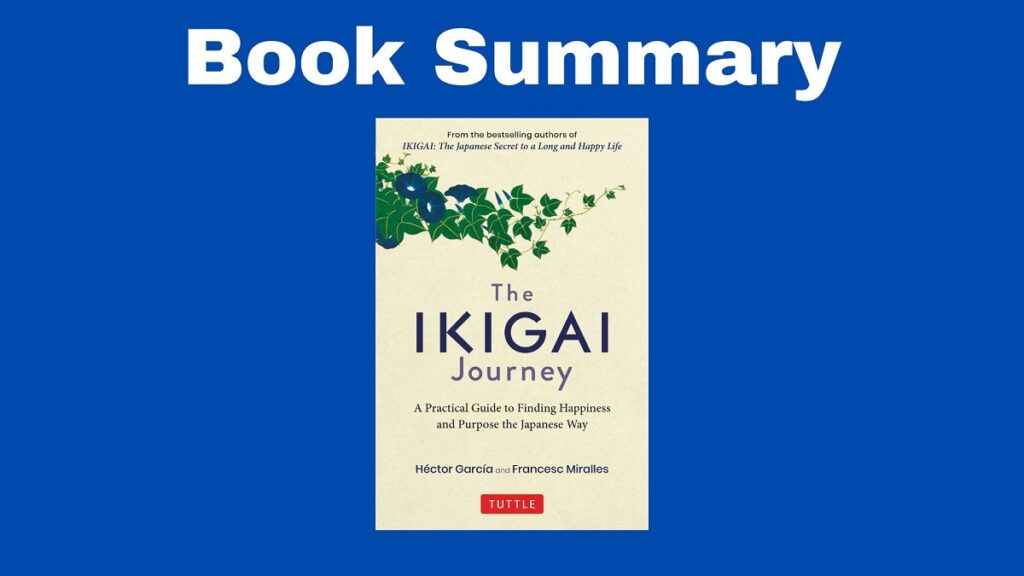The Book in Three Sentences
In this book summary of The 5 Love Languages, you’ll learn why falling in love is easy but staying in love is challenging. So as a solution to this problem, the author suggests finding out your spouse’s love language to start speaking it as soon as possible. Once you do, he or she will reciprocate and you’ll have a happier marriage.
The Five Love Languages Summary
Chapter One: What Happens to Love After the Wedding?
Most couples start facing problems as soon as they get married. To solve them, we have to learn our spouse’s primary love language. People speak different love languages: we have a primary love language (which the author compares to our native language) and a secondary language we pick up later in life. To communicate effectively, you and your partner must speak the same language. There are five emotional love languages.
Chapter Two: Keeping the Love Tank Full
Love is important but confusing. It’s essential to emotional health. Mankind exists to be intimate and loved. Marriage exists to achieve intimacy and love. It is said that people who have serious emotional issues behave in strange and hurtful ways because their love tank is empty. The author says that in order for a couple to be happy, both members need their love tanks full.
Chapter Three: Falling in Love
Most people get married in their “in love” phase. We feel euphoric and emotionally obsessed with the other person in a way that he or she seems perfect. This phase lasts as long as two years. Early in the relationship, we’re unrealistic and we share an illusion of intimacy that eventually disintegrates. Some people argue that this isn’t real love, since falling in love is not a conscious decision, it’s an effortless act. During the “in love” experience, someone isn’t really interested in their personal growth and the personal growth of the other person. This state makes us believe that we’re complete, happy, and fulfilled. A lot of people get married in this phase and when it’s over, they feel that they have two options: resign to a life of misery or divorce. There’s a third option though, recognize that experience as a temporary emotional state and pursue “true love” instead, the kind of love that’s natural and not based on obsession. Real love requires discipline and recognizes that we need personal growth.
Being in love is driven by instinct, but true love is about being kind and generous.
Chapter Four: Love Language #1: Words of Affirmation
One way to express love is by using words. These words can be compliments or words of appreciation and they motivate the other person to reciprocate. Another way to express words of affirmation is by using encouraging words. This is when our spouse does something in an area where he or she is insecure. By using kind words, you can inspire your spouse to do great things. Don’t preach and don’t pressure, encourage instead. Encouragement is about empathy, so learn what the other person cares about.
To communicate love verbally, we have to use kind words. Use the right tone and attitude when doing so. To develop an intimate relationship, you need to know what the other person wants. Avoid bringing up the failures of the past at all costs. To forgive is to commit oneself. Forgiving is expressing love too.
In a marriage, both people are equal, so don’t be demanding. Make your needs and desires a request. If you request, you give worth to the other person. If you demand, you become a tyrant.
Chapter Five: Love Language #2: Quality Time
When someone wants your attention, what they really want is to spend quality time with you. To spend quality time with someone, give them your undivided attention, talk, look at each other, and listen. One of the main aspects of quality time is togetherness and it doesn’t refer to proximity, but to focused attention. Quality time has different dialects and one of them is to engage in quality conversation, a moment where people share their experiences, thoughts, feeling, and desires in a friendly environment.
When engaging in quality conversation, don’t analyze the other person’s problems and come up with potential solutions. A relationship isn’t a problem to solve. Listen to the other person, be sympathetic to his or her issues, and only provide advice when requested.
To really listen:
- Maintain eye contact
- Don’t listen and do something else
- Listen for feelings
- Observe body language
- Refuse to interrupt
Our personality reflects the way in which we talk. The author identifies two personality types: the “Dead Sea” receives but doesn’t give, and they are happy not to talk. The other type is the “Babbling Brook”, who expresses whatever they feel or see. When a “Dead Sea” meets a “Babbling Brook”, they have a great time together, but over time, problems appear, so they have to learn new patterns. One way to engage in conversation often is by sharing your day regardless of which type of personality you have.
You can also spend quality time on quality activities. The purpose is to experience something together, such as gardening, shopping, listening to music, picnicking, taking walks, and so on.
To do a quality activity:
- At least one person should want to do it
- The other should be willing to do it
- They both know why they’re doing it
Chapter Six: Love Language #3: Receiving Gifts
Giving gifts as part of the love marriage process is part of most cultures. A gift is a symbol of someone’s love. What’s important isn’t the money it costs, but the fact that the person who bought it was thinking about you. This is one of the easiest love languages to learn because you can buy, find or make gifts. If receiving gifts is the other person’s primary love language, spending money on them is an investment. You can also give someone the gift of self which means being there for them when they need you. When you need the presence of the other person, verbalize it.
Chapter Seven: Love Language #4: Acts of Service
Acts of service mean doing things you know your spouse would like you to do. Remember that requests give direction to love, but demands stop the flow of love.
Chapter Eight: Love Language #5: Physical Touch
Holding hands, embracing, and having sex are ways of communicating emotional love. Sex is one dialect in the love language of physical touch. There are explicit love touches (such as hugging and kissing) and implicit love touches (such as sitting close). Every society has a greeting that involves physical touch. There are, of course, appropriate ways and inappropriate ways to touch someone else.
Chapter Nine: Discovering Your Primary Love Language
Sex and physical touch aren’t as related as you might think. Men need sex physically, but women need sex emotionally. Women want to feel loved, admired, and appreciated.
To find out your love language, think about the things your spouse says that really hurt.
Chapter Ten: Love Is a Choice
Everything you do is a choice, including the words you use. The “in love experience” is instinctive. It happens and it’s short-lived. It meets, momentarily, our need for love. It’s euphoric and it fills our love tank quickly. Real love is something you do for someone else, not something you do for yourself.
Chapter Eleven: Love Makes the Difference
When you feel loved, you feel secure. You can meet someone completely different than you and still live in harmony. Emotional love can be reborn in a marriage, you just have to learn the primary love language of your spouse and speak it.
Chapter Twelve: Loving the Unlovely
Even when you’re having serious marital problems, you can learn the love language of your spouse, speak it, and over time, he or she will reciprocate. When your love tank is low, you experience emptiness and pain.
Chapter Thirteen: Children and Love Languages
Love languages also apply to children. Expose a child to all five love languages as early as possible and you’ll learn their primary love language.
Chapter Fourteen: A Personal Word
The author closes the final chapter of the book with a series of questions: what do you think could happen if you learn the same love language as your spouse? What are the possibilities?




